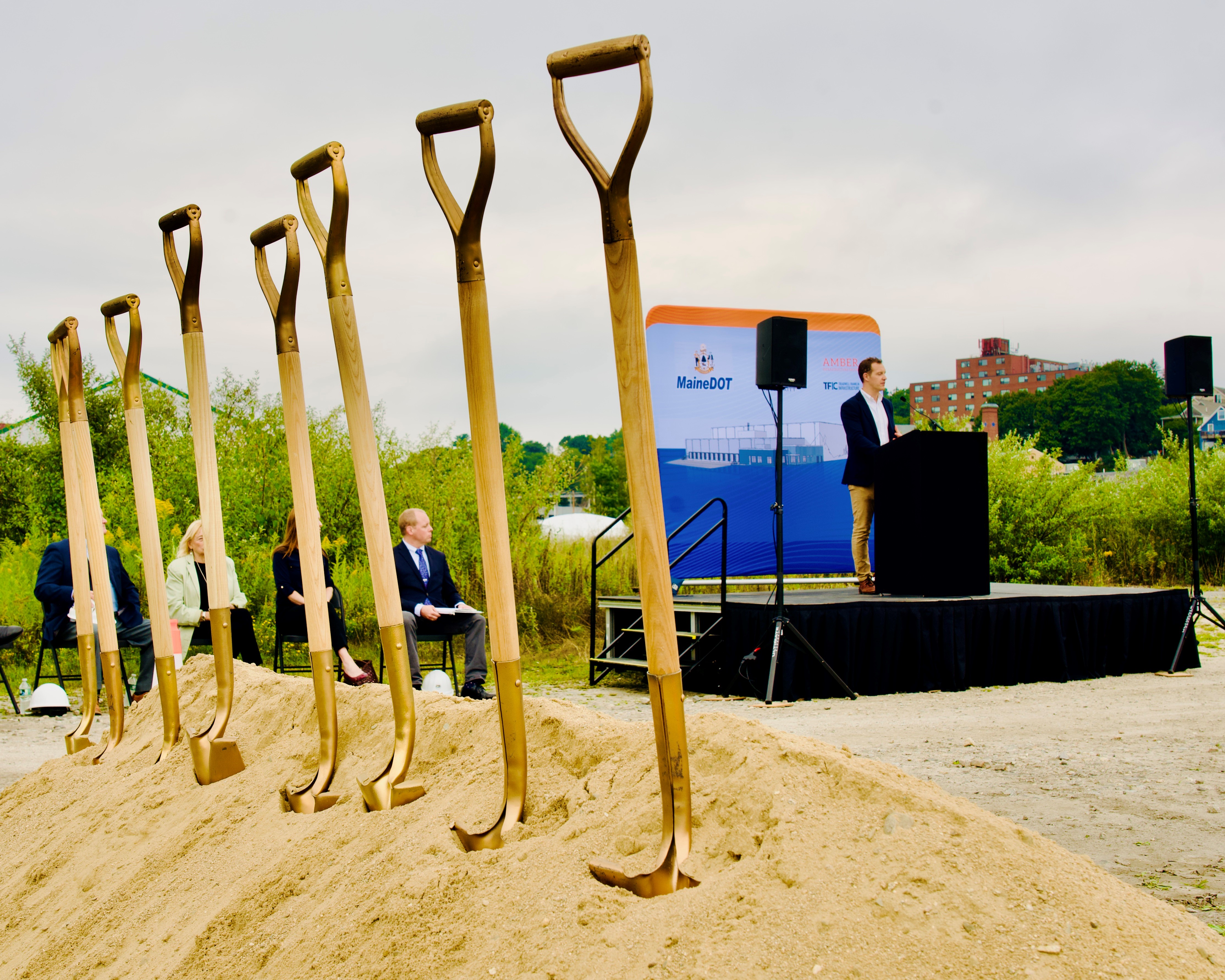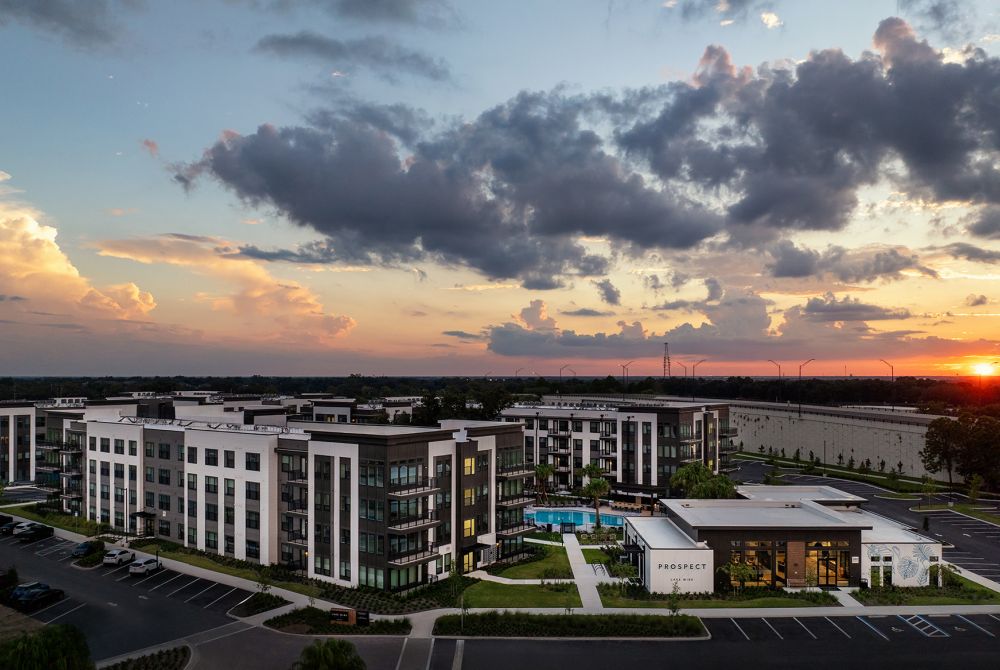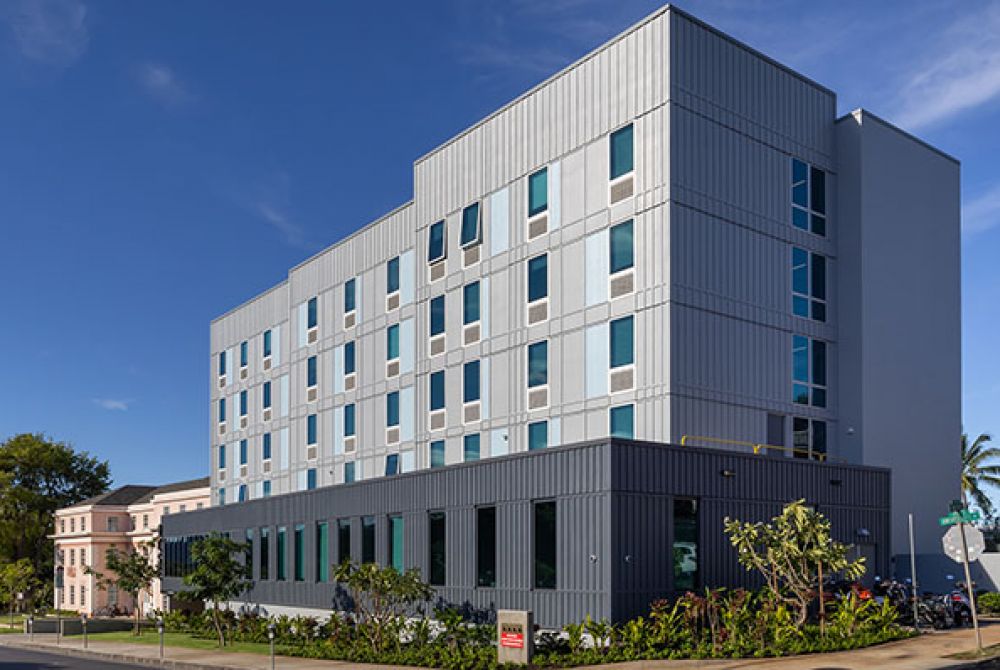Groundbreaking Announcement for State-Of-The-Art Cold Storage Facility on Portland Waterfront
Aug 23, 2022 • 5 min read


AUGUST 22, 2022 | Portland, ME – A new era for international trade is about to dawn for Maine’s agricultural, food, and beverage industries, opening new markets for producers from Aroostook to York counties.

 With the signing of a 50-year ground lease between the Maine Port Authority and the Maine International Cold Storage Facility (MICSF), the path has been cleared to break ground on the 107,000-sqare-foot facility at the Portland International Marine Terminal.
With the signing of a 50-year ground lease between the Maine Port Authority and the Maine International Cold Storage Facility (MICSF), the path has been cleared to break ground on the 107,000-sqare-foot facility at the Portland International Marine Terminal.
This long-awaited resource is being developed by Amber Infrastructure Group (Amber) in partnership with Treadwell Franklin Infrastructure (TFIC), in close collaboration with the Maine Department of Transportation (MaineDOT)..
Substantial construction activities are expected to begin in October, and operations are scheduled to begin in November 2023.
Today’s event drew praise from Governor Janet Mills, who has long championed the enhanced trade opportunities that will be possible with the MICSF.
“The working waterfront is a staple of Portland and an important facet of our economy, supporting commercial fishermen and facilitating international trade that has put Maine on the map,” said Governor Janet Mills. “With this new and much-needed state-of-the-art cold storage facility, we are expanding Maine’s competitive edge on the international stage by ensuring that businesses are able to keep food production, storage, and distribution local – rather than out of state – and saving them money on transportation costs. This is a win for our fishermen, our local businesses, and our economy – and I am glad to get it done in a climate-friendly way.”
Tom O’Shaughnessy, a principal at Amber, concurred, adding, “The continued growth of the Port of Portland, easing the reliance upon other heavily congested ports, relies on having state-of-the art infrastructure. COVID-19 has highlighted the need for cold storage infrastructure in supporting the food supply chain. It’s important to be local and responsive to prevailing circumstances. Maine producers and manufacturers have had to rely on out-of-state providers to ship food products originating in Maine to cold storage facilities in Massachusetts and Canada, which is costly, bad for the environment, and drives economics away from Maine. Amber is thrilled to be a partner in developing this critical infrastructure for Maine.”
Andrew Nelson, one of the principals at TFIC, lauded this critical waterfront asset, saying, “While COVID, disruptions in the supply chain, and increased costs of construction have delayed this project, we at TFIC and Amber never wavered in our commitment to, at long last, bring cold storage capacity to Maine to support the continued growth of key food (lobster, blueberries, frozen fish products, craft beer) sectors.”
Bruce A. Van Note, Commissioner of the Department of Transportation and Chair of the Maine Port Authority, added, “The continued growth on Portland’s waterfront demonstrates the benefits of public agencies working in partnership with the private sector to deliver critical infrastructure projects for Maine. This state-of-the-art cold storage facility will strengthen the bonds our state has formed with overseas trading partners in recent years. Maine’s economy has grown around our maritime resources, and continued development of our ports will help create new economic opportunities for our citizens.”
Matthew Burns, Executive Director of the Maine Port Authority, expressed excitement regarding the imminent realization of the project. “The state has invested wisely in the Port of Portland, growing it into an economic engine for the entire state. The addition of the MICSF to this complex takes the Port and the state to a much higher level in the realm of international trade.”
The projected construction cost is approximately $55 million. MaineDOT has dedicated $8 million for the early site portion of the project to facilitate this development.
Economic and Environmental Benefits of the MICSF:
The Project will directly contribute to economic growth in Maine:
- Keep food production, storage, and distribution and associated economics local
- Facilitate economic expansion of Maine’s commercial fishing industry
- Create a competitive advantage for existing businesses and increase opportunities for new businesses in Maine
- Benefit Maine brewers by offering affordable cold storage near a port
- The projected annual economic impact of the MICSF on Maine’s economy is between $500 million and $900 million, according to a report prepared by the University of Southern Maine, Economic Impact of Cold Storage Facility.
That same report concluded that cold storage and food-related GDP are correlated and long-term growth within the food industry will not be realized without the necessary cold storage.
The project will deliver long-term environmental benefits.
- Providing modern cold storage capacity local to Maine will remove heavy haulage and the associated emissions impact through avoiding the need for products to be transported to and from out-of-state cold storage facilities including in Massachusetts and Canada.
- Refrigerated facilities are heavy users of power. Preliminary designs incorporate a solar photovoltaic system on the main roof of the facility to offset approximately 20% of the facility’s anticipated annual energy consumption. The solar array is expected to produce approximately 828,000 kWh annually, which is equivalent to the annual energy consumption for more than 67 average homes in the U.S. Once operational, this will be the largest solar rooftop array in Maine.
MICSF by the Numbers:
- Footprint 107,000 sq ft
- Pallet position capacity ~ 21,950
- Loading dock 14,500 sq ft
- Size of storage area 85,500 sq ft
- Loading dock bays 13 + Ramp
- Internal height of building ~50 ft
- Refrigeration system CO2
- Racking system Pushback and Shuttle System
- Rooftop solar array Approximately 828,000 kWh annually
Graphics are available for download here.
For more information:
Contact Felicia Knight Felicia@KnightCanney.com
Share this post


